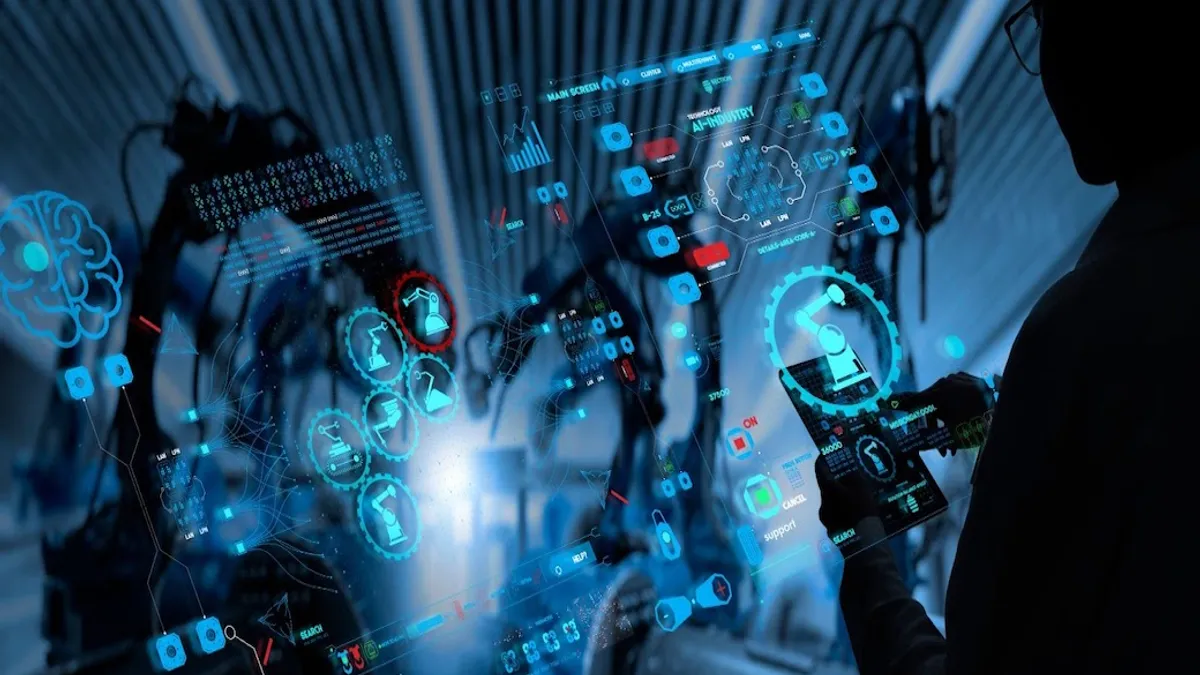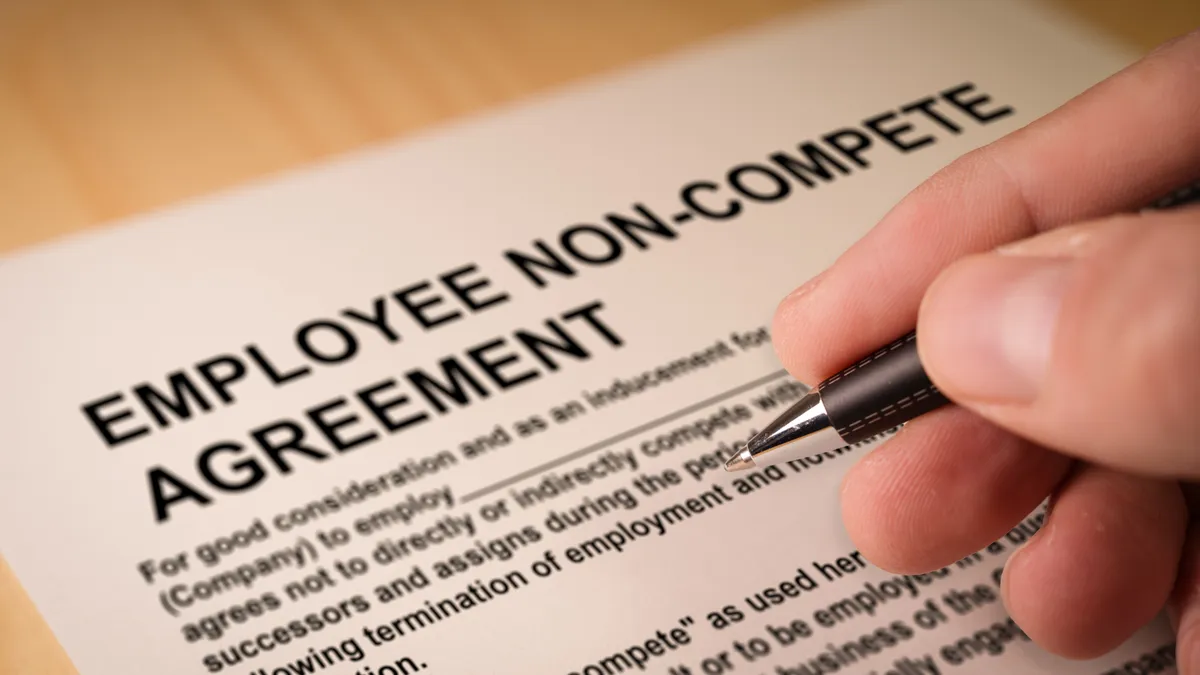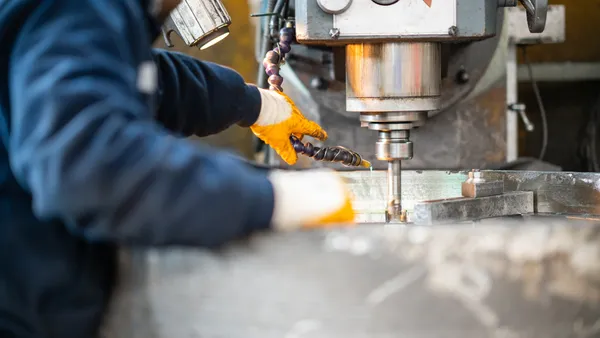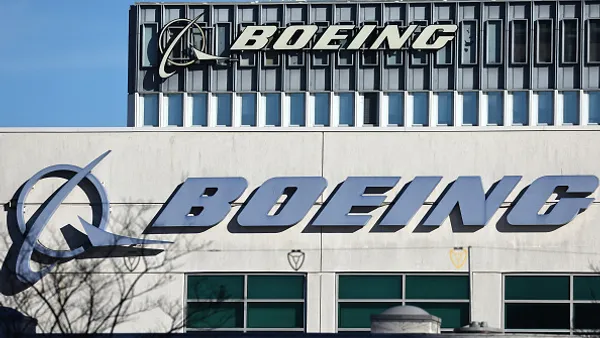How Does AI Enable Digital Manufacturing?
AI, machine learning, neural networks…what does any of that have to do with manufacturing? AI enhances digital manufacturing by processing the vast amounts of data generated before, during and after manufacturing to help inform better decision-making and increase efficiencies. In short, artificial intelligence makes factories better.
Here are three key areas where AI enables digital manufacturing:
- Predictive maintenance
- Higher-quality parts
- Increased efficiency
Predictive maintenance
Unexpected downtime can wreak havoc in a manufacturing environment. Even with good maintenance programs, machines can still fail at unpredictable times, causing missed ship dates and extra labor costs to get things running again. With artificial intelligence, data sources like motor currents, vibrational frequencies and amplitudes, or even sounds can be used to monitor equipment as it operates and predict failures before they occur.
Just like the well-trained mechanic who has worked on a piece of machinery for many years, AI learns from datasets to find trends. An example of this may be slight increases in current on a motor over time that show corrosion building on the electrical contacts. Or the appearance of a certain vibrational frequency that shows up and grows in amplitude over time which indicates that a bearing needs to be regreased. In either case, purchasing now knows in advance, has time to get parts in stock and maintenance can schedule repairs at an advantageous time.
Maintenance has evolved from reactive to preventative, to predictive. Reactive maintenance occurs after a machine has broken. Preventative maintenance is done on a fixed schedule to keep things operating correctly — like changing air filters every three months. Predictive maintenance, enabled by AI, fixes things strategically when needed so that it never breaks at all.
Higher-quality parts
Quality control is critical in every manufacturing environment. As pressures to scale and accelerate production increase, maintaining quality can be a challenge. AI is uniquely positioned to help in this regard because of all of the data present throughout the manufacturing cycle.
Starting in the quotation phase of manufacturing, artificial intelligence can analyze a natively digital file of a part or assembly to be manufactured and perform a DFM analysis. Based on these results, recommendations can be quickly made to tweak the design so that manufacturing is more straightforward.
With a digital manufacturing environment, AI is enabled to assist on the shop floor too. Whether analyzing production routes to manage load and increase efficiency or modifying batch sizes to meet lead times, AI can process the data from many variables on a shop floor. With computer vision systems, artificial intelligence can provide critical quality control functions to ensure product quality remains high and bad parts are rejected quickly. Trends in part quality can also be identified, and AI can make process change recommendations to keep part quality high.
In a world of increasing lead times and supply chain constraints, AI is the partner we’ve been waiting for. It takes large teams to wrestle with the amount of data from suppliers and vendors that change daily — and the impacts of those changes often reverberate through the entire system. With AI, these impacts are more easily identified, so plans can be formulated to circumvent issues as they arise.
Increased efficiency
AI is not replacing workers but instead helps them produce greater results. Artificial intelligence helps workers make better decisions with clearer information. And better decision-making means getting more done with less effort than they could before.
No longer do workers have to make decisions based on a hunch. Instead of asking purchasing to keep spare parts on hand, inventory can be reduced and ordered based on AI predictions about when a given part will need to be replaced. That part can then be changed out at a scheduled, regular time without the disturbances that accompany an unexpected breakdown.
In addition to better decision-making from clear insights, AI frees workers to focus on higher-value work. Many current jobs that require mundane or highly repetitive tasks can offload those tasks to AI. Humans are much better at creative problem-solving, whereas computers are better at doing those repetitive tasks. Letting computers do what they do best paves the way for humans to achieve more. When leveraged properly, AI is a catalyst to enable workers and manufacturing environments to achieve greater results with less effort.
Want to learn more about how AI enables digital manufacturing? Read the full article here.










